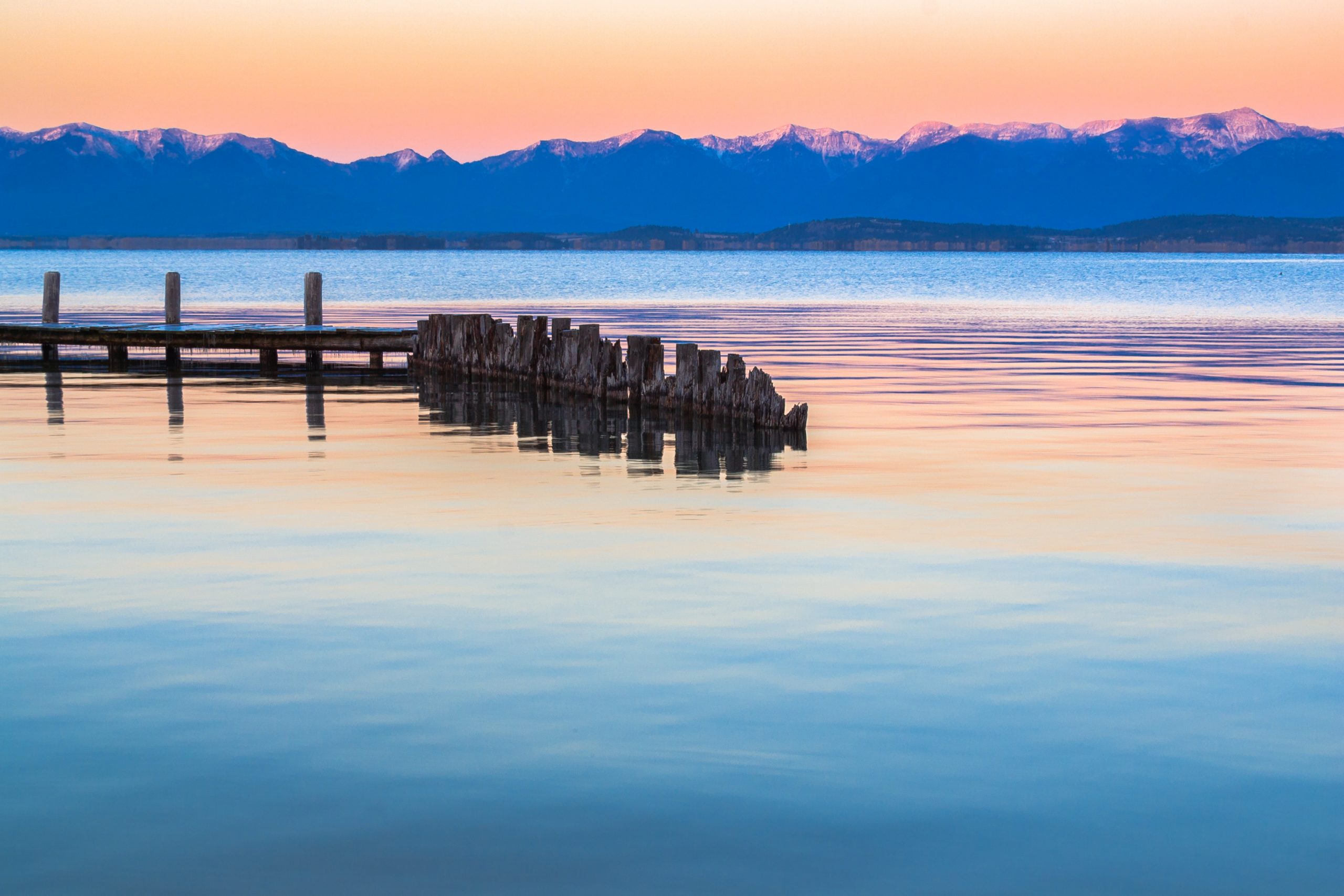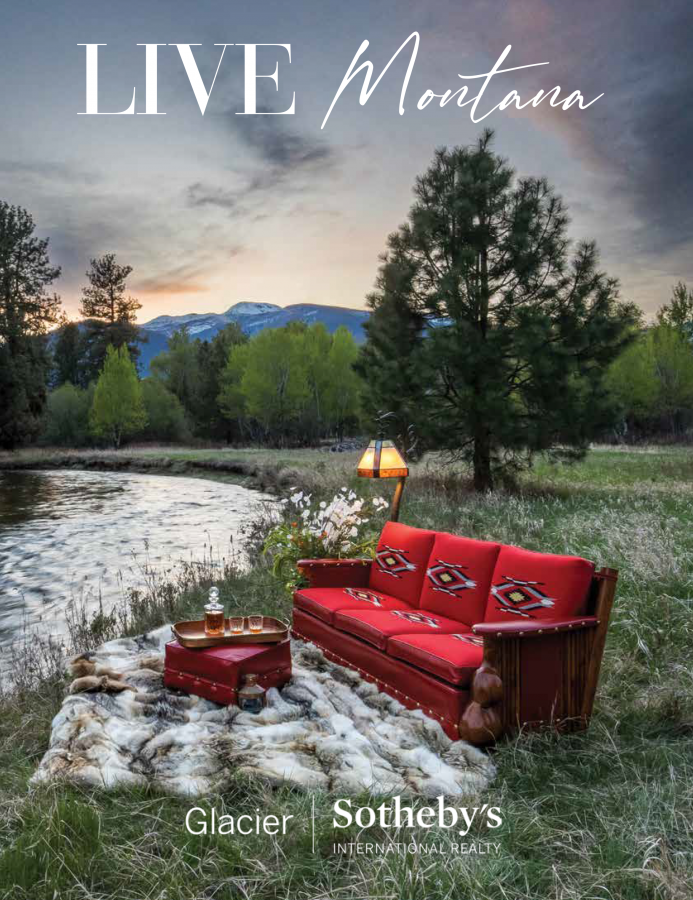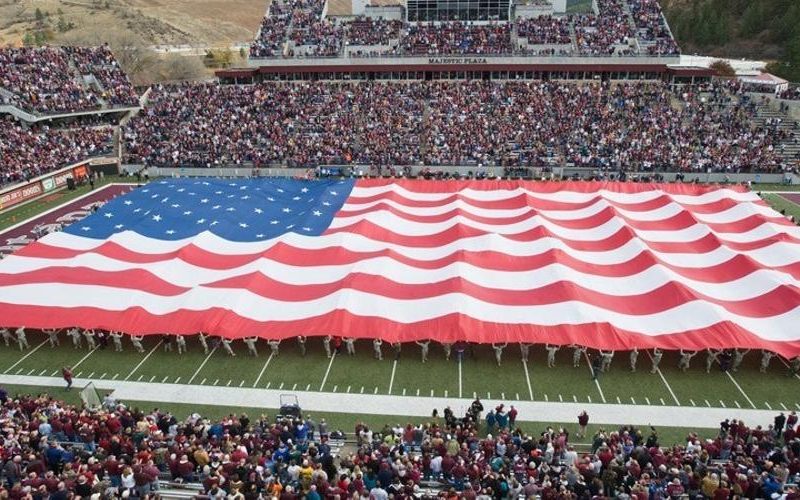Some areas are nuanced in beauty and lifestyle – you have to search for the subtle gifts of the landscape and the region. The Flathead and Lake Counties do not fall into this category. The moment you crest the hill headed north out of the small town of Ravalli, your breath catches in your throat. The tall, jagged Mission Mountains seem to leap out of nowhere, skirted by the luxurious valley floor.
There are so many pieces and parts of this region that are obvious – the extravagant beauty, the unparalleled outdoor lifestyle, and the friendliness of the residents. Still, like most areas, the Flathead and Lake Counties have a few mysteries hiding under the picture-perfect water and behind the cascading hills. Here we share a few of this region’s secrets, which only add to the charm and intrigue of the Flathead area.
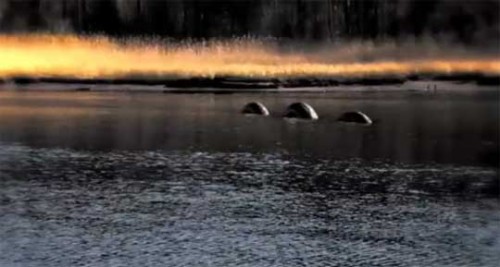
Flathead Lake Monster
If you have even a modicum of familiarity with Flathead Lake, then you know about Flossie (or Flessie to some) – the cousin of Scotland’s deep water “monster,” Nessie. Flossie’s tales are as old as Montana herself, as the first sighting of the Flathead Lake Monster took place in 1889, the same year Montana achieved statehood.
According to local legend and more than a few reliable locals, Flossie is anywhere from 20 to 40 feet long, has a pointed, serpent-like head, and a body that swells in and out of the water in waves behind her.
Scientists can neither prove nor necessarily disprove the existence of Flossie. Flathead Lake is 371 feet deep and has only been studied via submarine to 215 feet. Who knows what creatures call the depths of Flathead Lake home?
Here’s how to satisfy your adrenaline cravings in Western Montana >>>
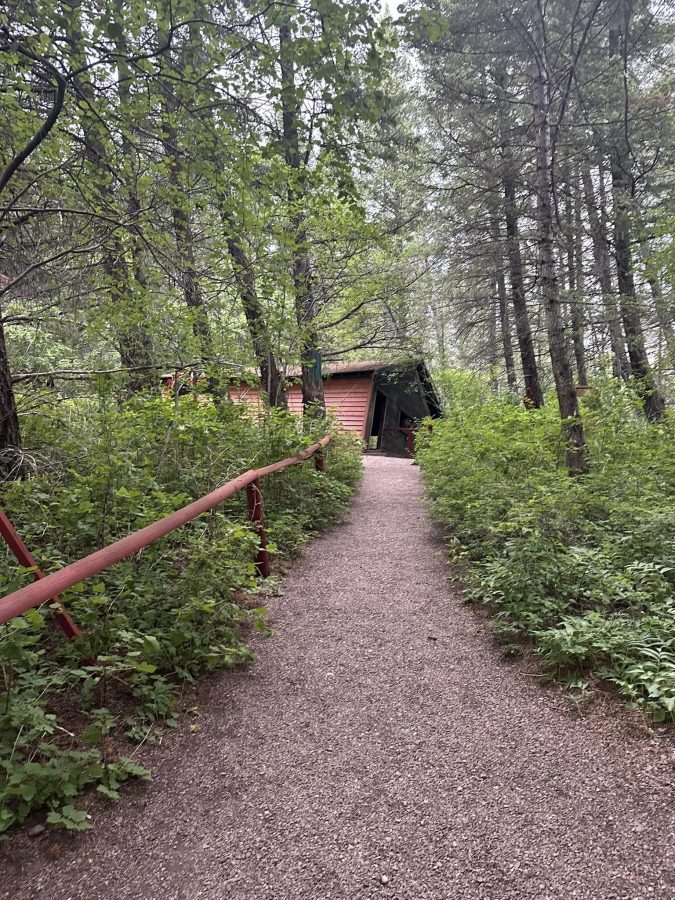
Montana Vortex
The outskirts of Columbia Falls is home to one of Montana’s strangest novelties – the Montana Vortex and House of Mystery. Owners and operators Joe and Tammy Hauser take visitors through the attraction while Joe explains the “gravitational anomaly in the earth’s electromagnetic field.” The House of Mystery was built in 1970 and tilts at 18 degrees. It showcases the theatrics and oddities of the vortex, a sacred place that Native Americans were the first to observe and still honor with gifts to this day.

Shrimp Farm
There are several types of small, shrimp-like, fish-food crustaceans in Montana waters, but not the saltwater kind we humans enjoy. Or is there?
Oddly enough, Charlo, Montana, population 261, is home to Jim Vaughan and Mission Valley Shrimp. That’s right, in the middle of nowhere, Jim Vaughn takes in baby shrimp from Florida and Texas and raises them in large saltwater pools he has engineered. He keeps the barn at 88 to 90 degrees and keeps the pools between 28-29 degrees Celcius – warmer than the ocean – so the shrimp grow faster.
The “why” behind the shrimp farm is what is mysterious to most people, but Jim has a simple explanation. He was raised in the area and calved in the cold weather many times. He’d much rather farm in a barn that has a more tropical climate.
Best places in Western Montana for amateur photographers to explore >>>
Megaflood
Many in Western Montana know about Lake Missoula and how the failure of a 2000-foot ice wall created an ice age cataclysmic flood that forever changed the topography from Missoula west to the Columbia River Gorge. What is still a bit mysterious is the scientific controversy – was there just one cataclysmic flood or several megafloods over 3000 years?
It took the grandfather of the original one-megaflood theory, J Harland Bretz, decades to convince other scientists to finally acknowledge that a one-flood theory was not just possible but probable.
The volume of water in Lake Missoula was three times the volume of Lake Erie and one-half the volume of Lake Michigan. The flooding of these waters irrevocably changed the landscape, with specific reference to rhythmites, which are layers of sediment or sedimentary rock that present obvious patterns. To some, these layers told a different story of sand, silt, and rock movement, but the real crux of the mystery lies in a layer of Mount Saint Helens ash that could not have been left in the rhythmite fingerprint by one flood. Or could it? Some scientists hypothesize that such a megaflood could have triggered Mount Saint Helens, which would explain the presence of the rhythmite ash layer.
For now, most scientists have circled back to the theory of one megaflood, but will we ever know for sure?

Kat Hobza has lived in Montana since she was nine and was raised in the mountains west of Victor, Montana. There, she learned to hunt, fish, shoot competitively, chop and stack firewood, and drive on icy and muddy roads. Kat has over two decades of experience in professional writing, content, and digital marketing and is a marketing consultant for Glacier Sotheby’s International Realty. When she’s not working, she’s either hanging with her hilarious adult kids or soaking up the sun somewhere – a riverbank, a golf course, or her deck. You can contact Kat through her business website, Way Easy Marketing.
We are thrilled to share the release of our lifestyle and real estate magazine, LIVE Montana! Enjoy features that truly define the Montana lifestyle and experience, meet our agents who provide an experience of excellence regardless of price point, and wander through pages of beautiful Montana homes and landscapes.

